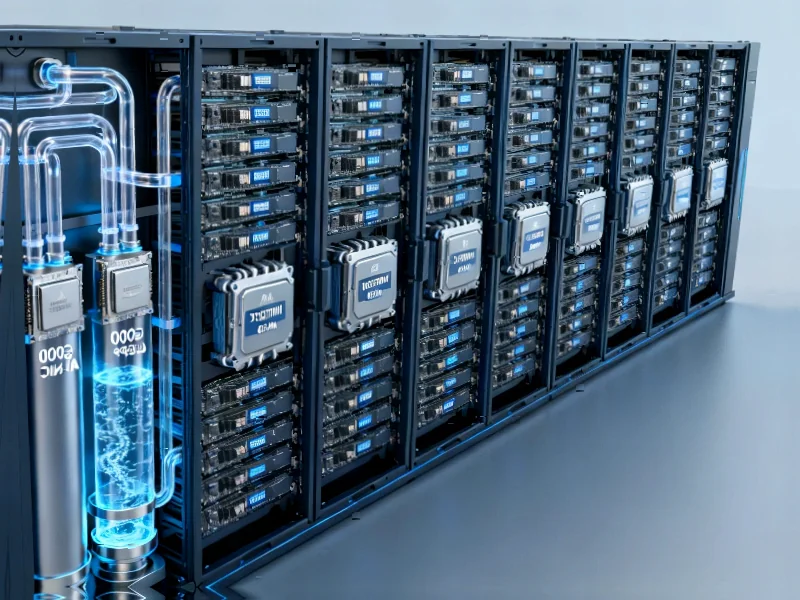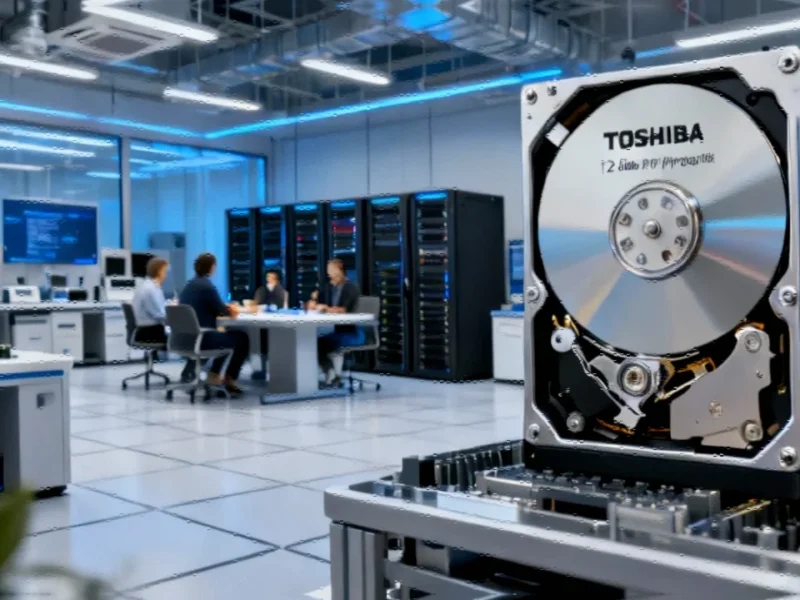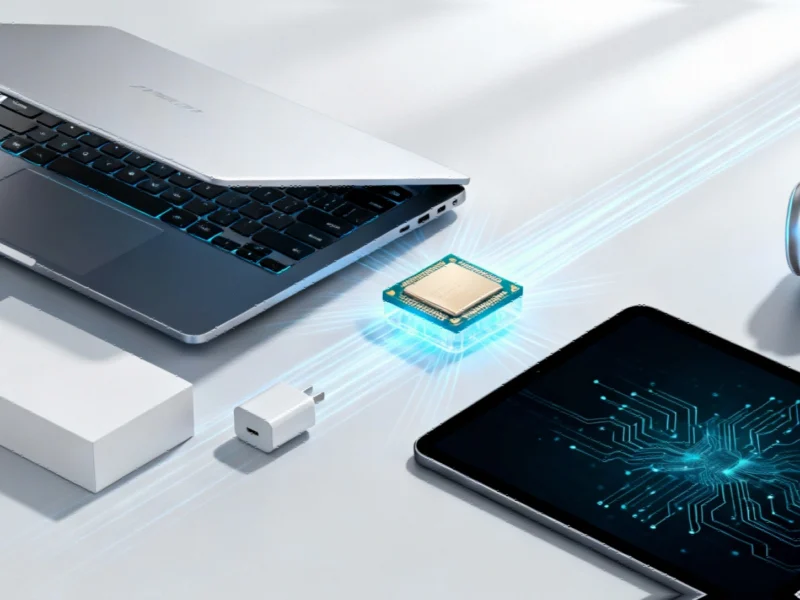Market Dynamics Force Intel’s Hand on Raptor Lake Pricing
Intel is reportedly implementing significant price increases for its Raptor Lake processor lineup, with industry sources indicating hikes of approximately 10% across the board. This strategic move comes as the chip giant confronts slower-than-expected adoption of its newer AI-focused processors and sustained consumer preference for the previous-generation architecture that continues to deliver robust performance for mainstream computing needs.
Table of Contents
- Market Dynamics Force Intel’s Hand on Raptor Lake Pricing
- The AI PC Conundrum: High Expectations Meet Market Reality
- Supply Chain Pressures Compound Market Challenges
- Consumer Behavior Shifts in Response to Economic Realities
- Global Impact and Regional Variations
- Future Implications for PC Market Evolution
The AI PC Conundrum: High Expectations Meet Market Reality
Despite Intel’s substantial investments in AI-capable processors like Lunar Lake and Arrow Lake, consumer response has been notably tepid. The much-hyped AI PC category, while showing some positive sales impact, has failed to achieve the widespread market penetration that industry analysts initially projected. The fundamental issue appears to be a lack of compelling AI applications that justify upgrading from capable existing hardware, creating a challenging environment for Intel’s latest silicon.
Market intelligence from DigiTimes and other industry observers suggests that the price adjustments reflect Intel’s need to balance supply constraints with persistent demand for Raptor Lake processors. With current-generation AI processors costing $200 or more than their Raptor Lake equivalents, both consumers and manufacturers are showing clear preference for the more affordable option that still delivers excellent performance for most applications.
Supply Chain Pressures Compound Market Challenges
The pricing strategy unfolds against a backdrop of broader component cost increases throughout the PC ecosystem. Memory manufacturers have implemented price hikes of 15-25% for both DDR4 and DDR5 RAM, while SSD NAND flash storage has seen similar cost escalations. These cumulative increases have pushed overall PC manufacturing costs upward, forcing system integrators to make difficult decisions about component selection., according to industry developments
Major PC brands including Lenovo, HP, and Acer are reportedly continuing substantial orders for Raptor Lake processors to maintain competitive pricing in their consumer and business product lines. The older architecture enables these manufacturers to build systems that remain affordable while still meeting the performance expectations of most users, creating a sustained demand cycle that Intel must now manage through pricing adjustments., according to additional coverage
Consumer Behavior Shifts in Response to Economic Realities
The current market situation reveals several important trends in consumer computing behavior. The performance ceiling for mainstream computing tasks has largely plateaued for many users, reducing the urgency to upgrade to the latest hardware. Additionally, the Windows 10 phase-out has driven PC purchases based on operating system requirements rather than cutting-edge processor capabilities, further sustaining demand for previous-generation components.
“Raptor Lake processors continue to offer more than adequate performance for the vast majority of computing tasks,” notes industry analysis. “Without killer AI applications that demonstrate clear advantages for everyday users, the value proposition for upgrading remains weak, creating this unusual situation where previous-generation hardware maintains strong market relevance.”
Global Impact and Regional Variations
The price increases are already manifesting in various global markets, with reports from Japan and South Korea indicating even steeper hikes for certain Raptor Lake SKUs. Some regions have seen prices inflate by over 20% for specific processor models, reflecting localized supply constraints and demand patterns. This geographical variation underscores the complex balancing act Intel faces in managing global inventory while responding to regional market conditions.
Industry watchers suggest that Intel’s pricing strategy represents a pragmatic approach to market realities rather than an official policy shift. The company has yet to announce formal price changes, but multiple sources across the supply chain have reported, comprehensive coverage, consistent observations about the trending price adjustments throughout recent weeks.
Future Implications for PC Market Evolution
This development signals a potentially longer transition period to AI-focused computing than many industry participants anticipated. The sustained viability of previous-generation processors suggests that the AI PC revolution may unfold more gradually as developers create applications that genuinely leverage the specialized capabilities of newer hardware.
For manufacturers and consumers alike, the situation highlights the importance of performance-per-dollar considerations in purchasing decisions. As component costs continue to fluctuate and new technologies seek market acceptance, the balance between cutting-edge features and practical affordability will likely remain a central tension in the PC industry for the foreseeable future.
The coming months will reveal whether Intel’s pricing adjustments successfully manage the transition between processor generations or if further market corrections will be necessary as the AI PC ecosystem continues to evolve at its own measured pace.
Related Articles You May Find Interesting
- AI Agent Security Breach Exposed Through Predictable Session Identifiers
- NASA Expands Moon Lander Competition Amid SpaceX Timeline Concerns
- Tech CEOs Zuckerberg, Mosseri, Spiegel Ordered to Testify in Landmark Social Med
- Tesla’s Q3 Earnings: AI Ambitions and Robotaxi Roadmap Take Center Stage
- Fal.ai’s Meteoric Rise: Multimodal AI Infrastructure Platform Hits $4 Billion Va
References & Further Reading
This article draws from multiple authoritative sources. For more information, please consult:
- https://profile.google.com/cp/Cg0vZy8xMWM3NDB2MmIyGgA
- https://google.com/preferences/source?q=wccftech.com
This article aggregates information from publicly available sources. All trademarks and copyrights belong to their respective owners.
Note: Featured image is for illustrative purposes only and does not represent any specific product, service, or entity mentioned in this article.



